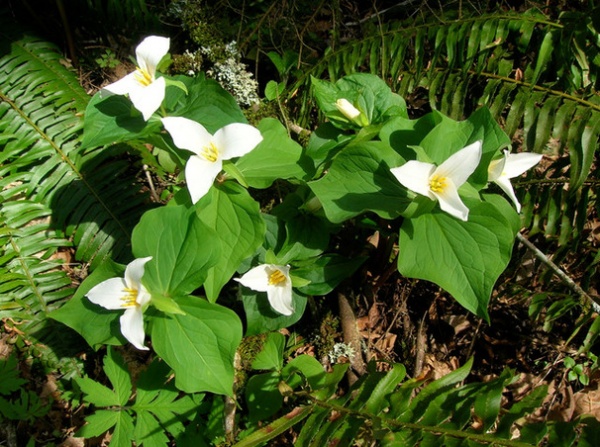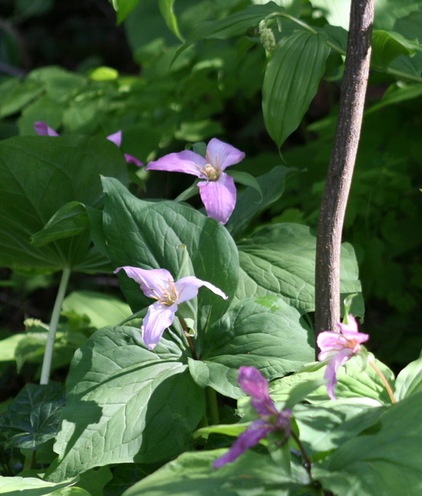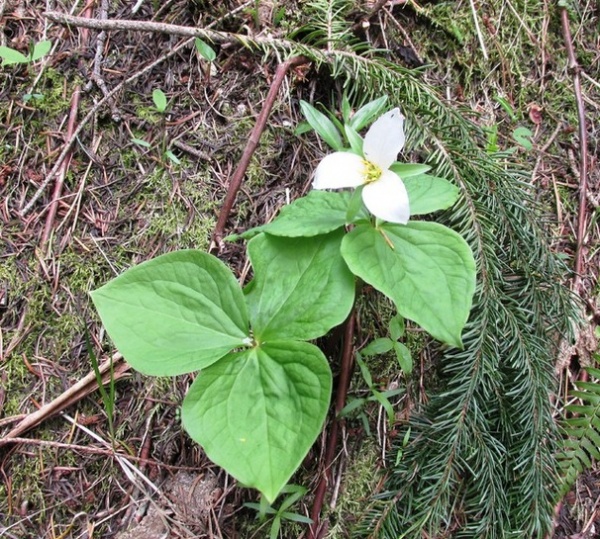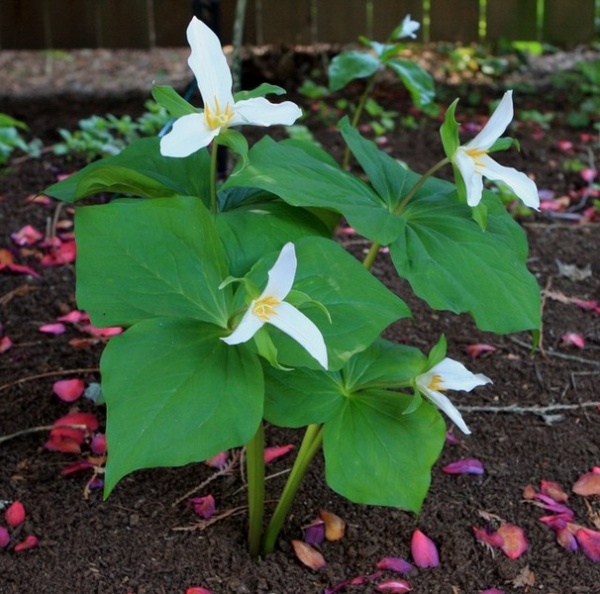Great Design Plant: Trillium Ovatum
http://decor-ideas.org 04/14/2015 00:13 Decor Ideas
Pacific trillium (Trillium ovatum) is surely the Pacific Northwest’s most iconic and beloved springtime wildflower. The glistening tripartite white flowers make a welcome appearance on the forest floor between late February and April, lasting for many weeks before fading to rosy pink or dark pink as the season progresses.

Botanical name: Trillium ovatum
Common names: Western wake-robin, Pacific trillium, western white trillium
Origin: Native to western North America, from British Columbia and Alberta south through Washington, Oregon, Montana, Wyoming, northern Colorado and California
Where it will grow: Hardy to approximately -20 degrees Fahrenheit (USDA zones 5 to 8; find your zone)
Water requirement: Thrives in woodland conditions with moist, fertile, humus-rich yet well-drained soil. Little to no supplemental summer water is required once the plant is established in the Pacific Northwest; may require summer water in hotter climates.
Light requirement: Morning sun or dappled shade; protection from hot afternoon sun is best
Mature size: 1 foot to 1½ feet tall and wide over many years
Shown: Pacific trillium with western sword fern (Polystichum munitum)

Benefits and tolerances: Pacific trillium, also commonly called wake-robin because of its early blooms, appears in late winter to early spring, providing much-needed early blossoms for pollinators. The flowers are lightly perfumed and long lasting, fading to pinkish-purple as they age. Allow seedpods to develop on the plants, and seed will be dispersed around the garden to form new clumps.
Seasonal interest: Pacific trillium is one of the Northwest’s earliest showy spring ephemerals, with long-lasting, glistening white flowers; it can begin flowering as early as late February or as late as early April, and the blossoms last for many weeks before fading to pinkish purple.
When to plant: Trillium can be planted anytime but seems to do best planted in spring; plants sometimes go dormant in summer, and the aboveground part of the plant can disappear. It will resprout in late winter to early spring
Shown: Pacific trillium at the end of its bloom cycle, when the flower petals start to turn pink
Photo by born1945

Distinguishing traits. Pacific trillium is one of the most evocative harbingers of spring in the Pacific Northwest, coming into flower when little else is in bloom on the forest floor. Regarded by some as Oregon’s native Easter lily, it is an icon among the Northwest’s woodland flora.
Some state that if the flower is picked, it will take seven years to flower again. While this may be somewhat unsubstantiated, it is true — as with other bulbing plants — that a young plant whose flowers or leaves are plucked, damaged or browsed can take several years to produce another blossom.

How to use it. Pacific trillium is the perfect plant for a wild, partly shaded area of the garden, alongside other Pacific Northwest natives, such as western bleeding heart (Dicentra formosa), wild ginger (Asarum caudatum), redwood sorrel (Oxalis oregana), star-flowered Solomon seal (Maianthemum stellatum) and streambank violet (Viola glabella). It’s also lovely tucked among other perennials in a border, although it doesn’t compete well with aggressively rooting companions.
Planting notes. Plant in rich, well-drained, acidic woodland soil in a spot with morning sun or dappled shade. Supplemental summer water is useful in establishing plants during their first few years. Under good conditions, Pacific trillium will slowly increase in size. Left undisturbed for many years, a single plant of Pacific trillium can produce as many as 20 blossoms. Drainage and afternoon shade are best, as Pacific trillium can suffer with inadequate drainage and excessive hot sun.
The nomenclature on Trillium ovatum is still developing, but the most widespread Pacific trillium is Trillium ovatum ssp. ovatum. Other subspecies and forma exist, and there are even rare occurrences of forms with double blossoms, although they can be a challenge to find.
More:
Browse plants native to other regions of the U.S.
Let Nature Inspire Your Landscape: Ideas for a Woodland Garden
Related Articles Recommended












